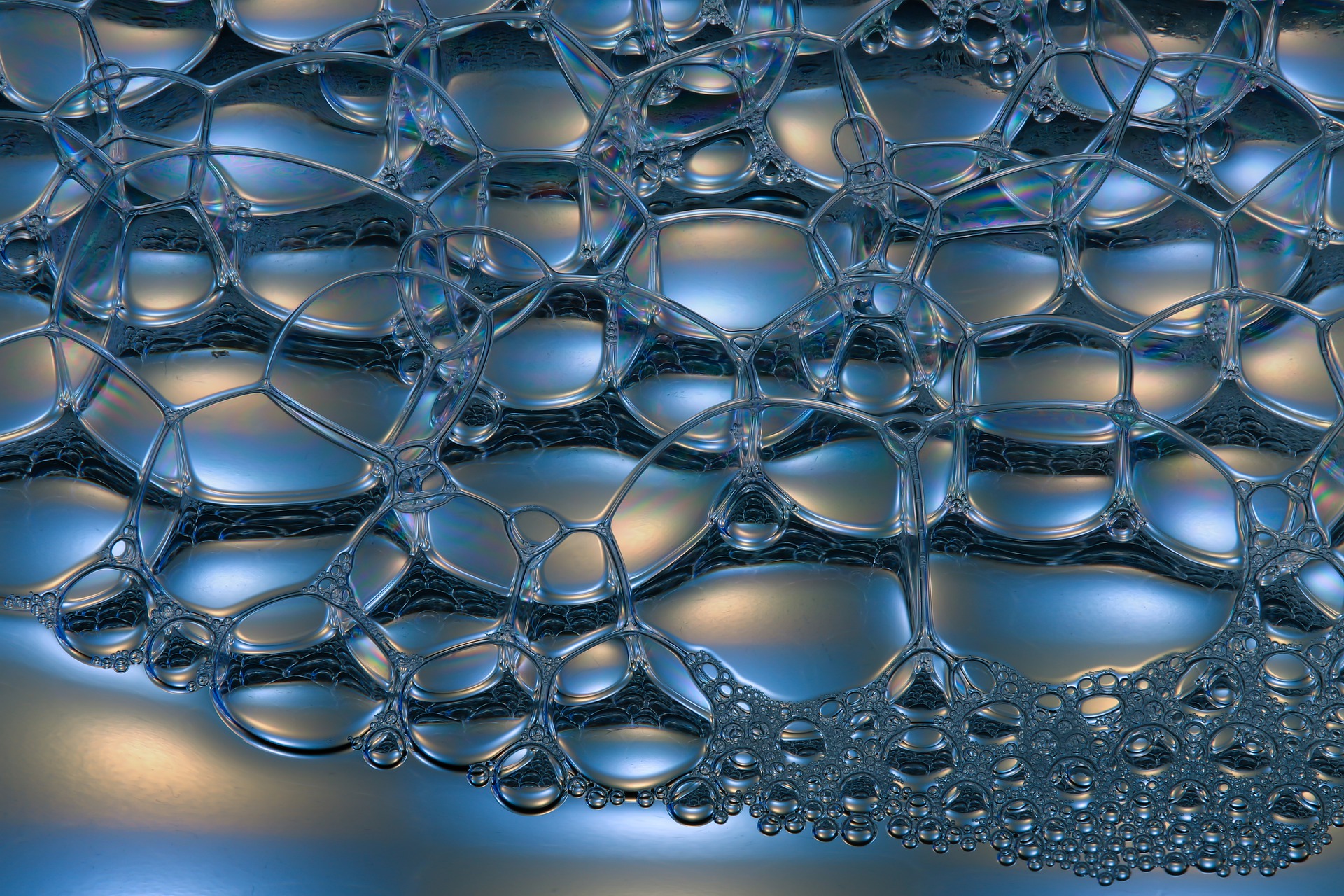News release
From:
Chemistry: Splitting water for oxygen on the Moon and Mars
Water-splitting using electricity would produce less oxygen on the Moon and Mars, compared to Earth, reports a paper published in Nature Communications. The findings may aid our understanding of how future space-faring colonies could use limited resources.
Establishing a human presence on other worlds requires both fuel and breathable air. One method proposed to obtain both is to split water into its elemental gases using electricity; hydrogen to be used as fuel and oxygen to breathe. However, most studies on water-splitting electro-chemistry are performed under Earth gravity conditions. Moreover, research exploring non-Earth gravities typically requires expensive flight maneuvers that only simulate ultra-low gravity.
Beth Lomax, Mark Symes and colleagues performed tests to explore the effects of different gravities on water-splitting using electricity (known as electrolysis). They conducted water-splitting electro-chemistry under reduced gravity conditions by recording electricity currents and gas bubble formation during parabolic flights and also under high-gravity using Earth-based systems. The authors observed that, under gravities resembling the Moon and Mars, 11% less oxygen is produced than on Earth. The authors also found that they could extrapolate the high-gravity data to match the low-gravity flight data, which they suggest is the first time simulations of low-gravity results have been achieved using cheaper, high-gravity setups.
The authors suggest their experiments indicate that future research into low-gravity electro-chemistry may be easier to pursue by using cheaper setups instead of costly flight simulations. They conclude that potential future human settlements on the Moon and Mars may need to consider higher energy demands to produce breathable air.



 International
International


